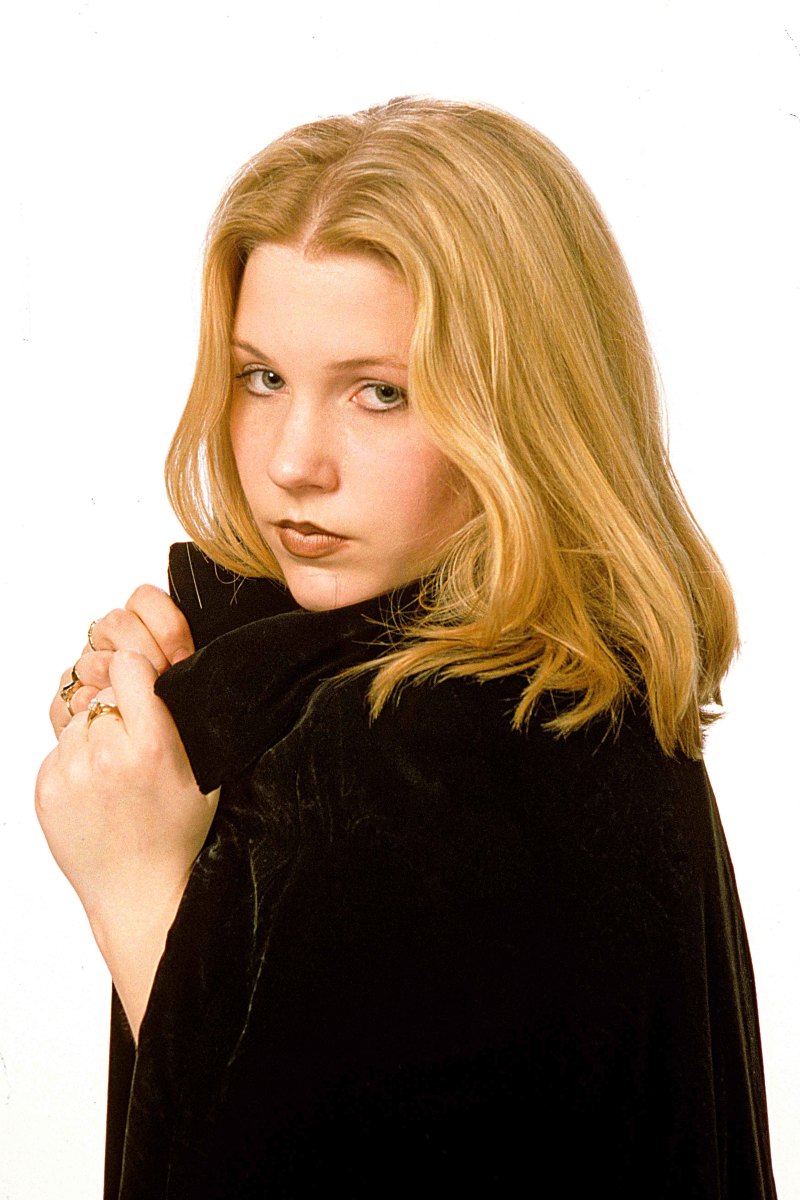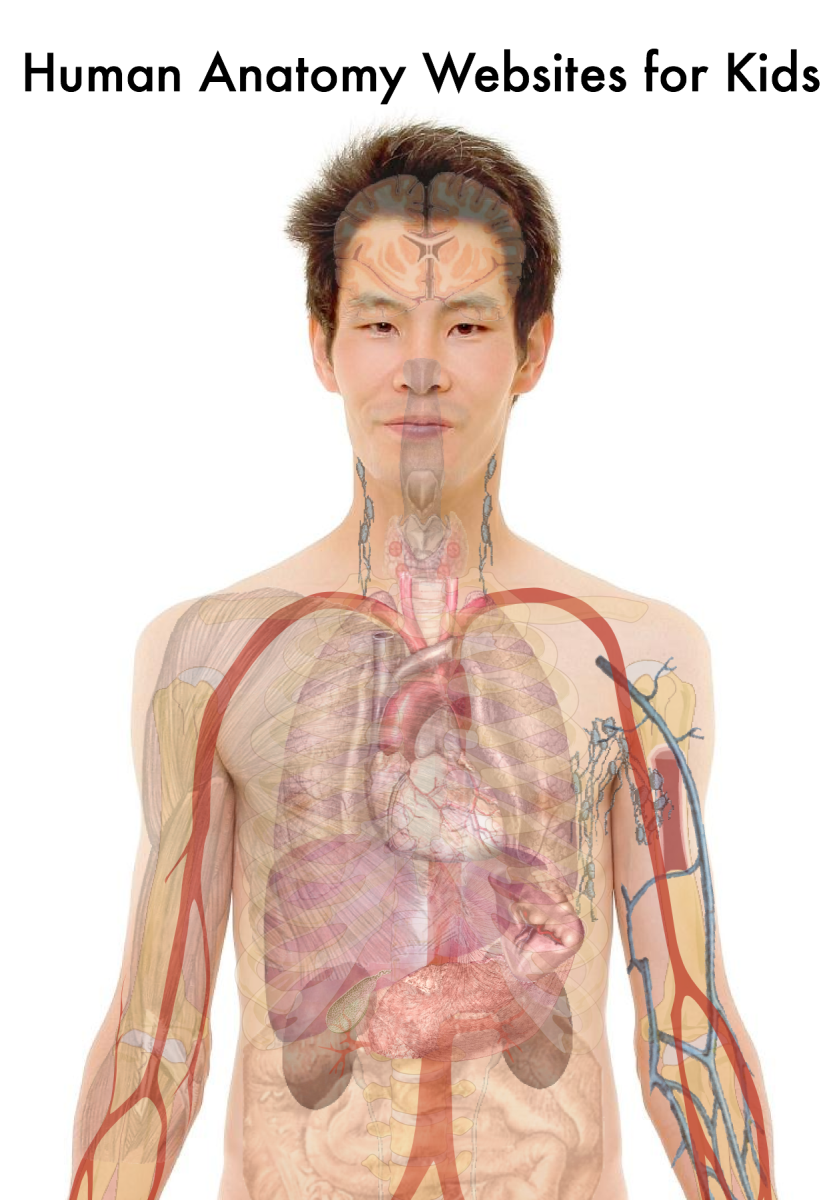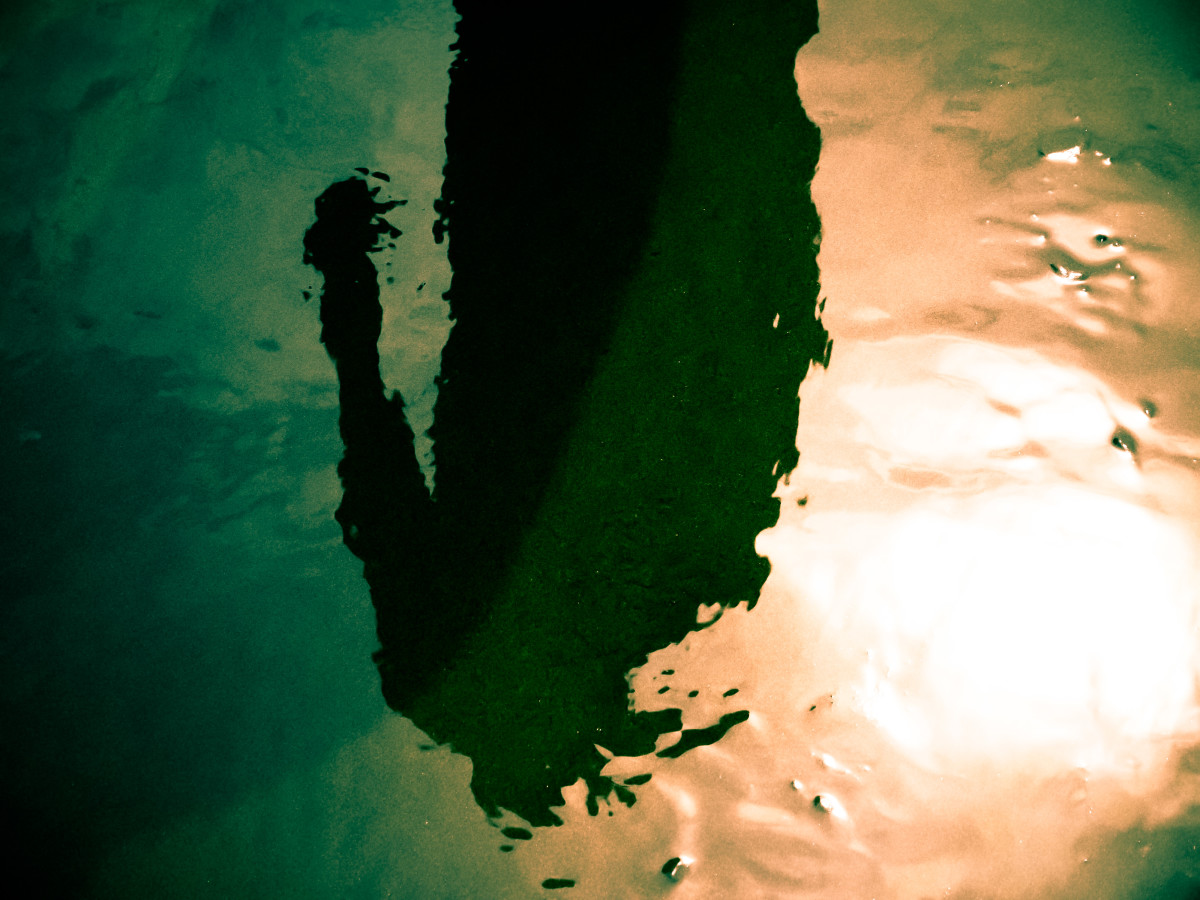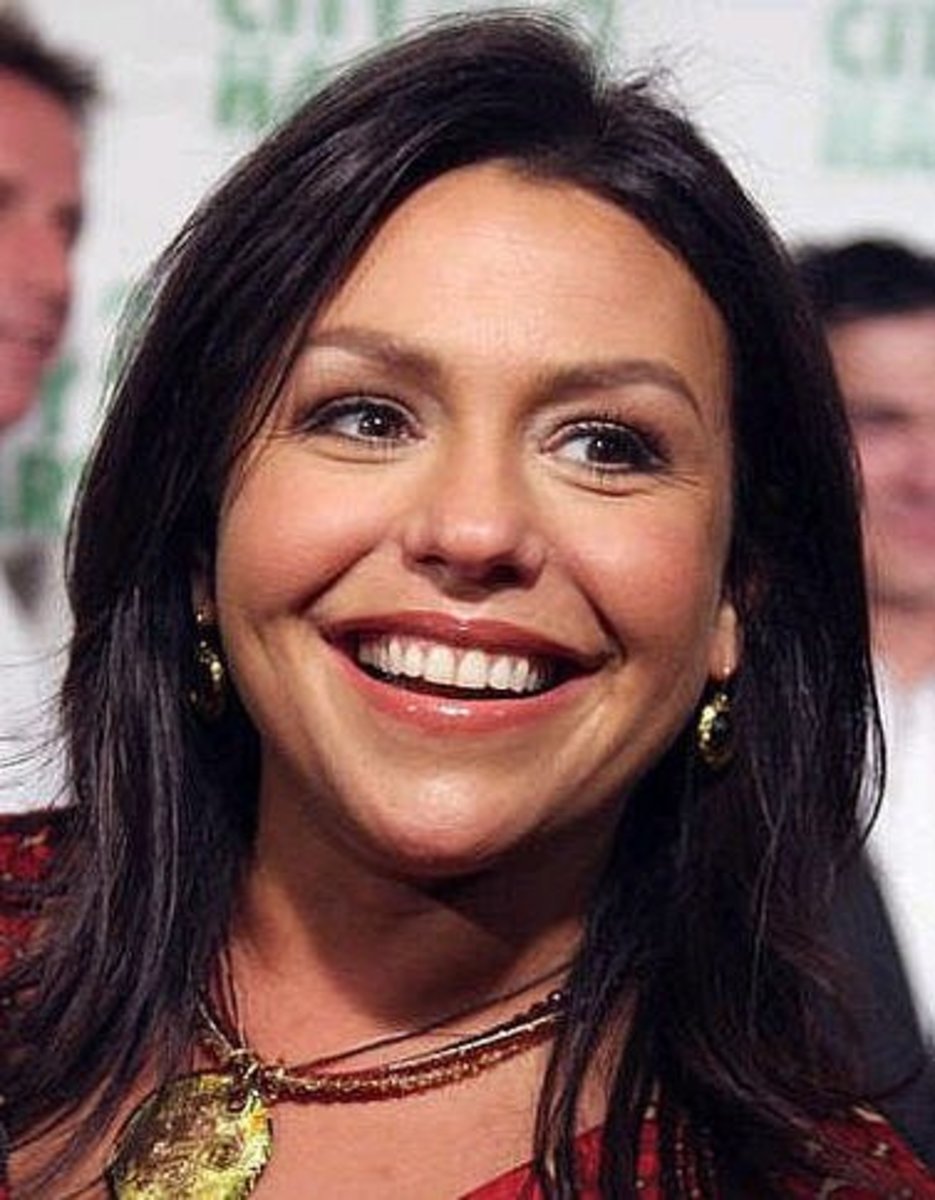Photographic Figure Study
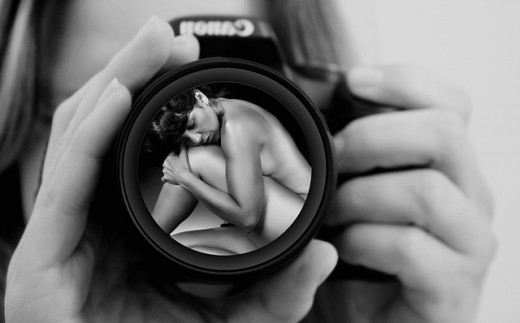
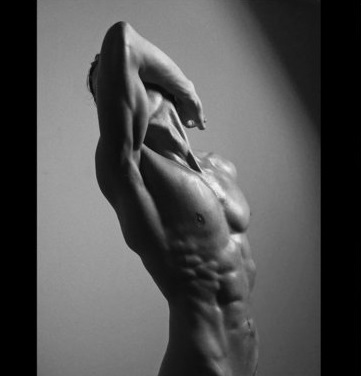
Although this is very similar to the photographing of people not wearing clothes, the intent is not the same.
With figure study photography your aim is to capture images that focus solely on the human anatomy; the curves, the textures and contours of the human body.
Keep in mind that it is not usually necessary to capture images of certain private parts unless your aim is to do so intentionally.
Your images should be an attempt to study the human body and everything about its anatomy including all fine details so that you can later and after analyzing it you can compose other more formal photo themes.
"A figure study is a drawing or painting of the human body made in preparation for a more composed or finished work; or to learn drawing and painting techniques in general and the human figure in particular. By preference, figure studies are done from a live model, but may also include the use of other references and the imagination of the artist. The live model may be clothed, or not, but is usually not for student work in order to learn human anatomy.
The term figure study is sometimes used in photography, but does not seem to be clearly defined as different from (non clothed) photography in general, given the inherently finished nature of the medium. Photography students may do work that is for educational purposes, and an artist may take photographs with the intent of using them as references for paintings, but the terms figure study... is usually not limited to these preparatory or educational photos. This usage may have begun in the 19th century, when some photographers called their (non clothed) images “studies for artists” merely to evade the censors." Wikipedia
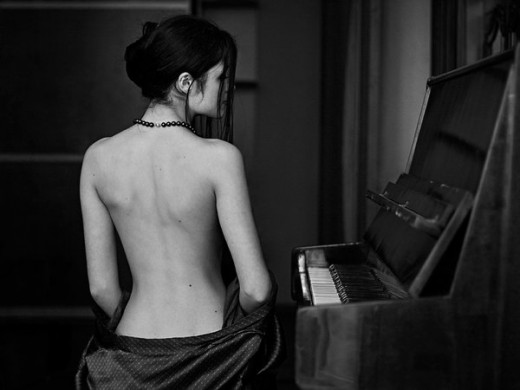
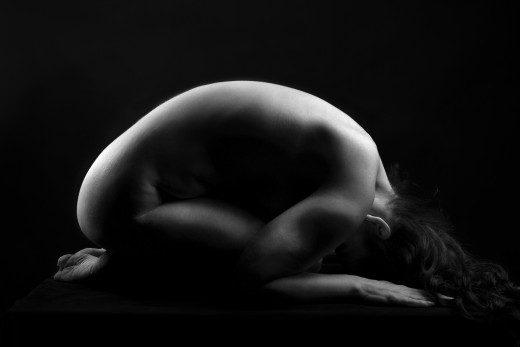
Set up the shoot as you would do a portrait or nude. Make sure to illuminate the subject form at least two angles with each photo lamp aimed at a 45 degree angle.
Use a diffuser on the light sources to cast a soft light and reduce the appearance of shadows. A diffuser can be as simple as a cloth cover or cooking paper so long as it is kept a safe distance form the light bulb.
Have your model take a stand in in various poses so that you see all of the body and all of the contours. Try various different poses that show the body but also have the model strike poses that contour the body in different and unusual ways.
You should be able to photograph your subject in many different ways and capture every inch of detail that features the human anatomy.
This in turn lead you to examine closely and at your leisure what poses look good and which variations to other poses can be used in a photography theme like a formal nude.
Found this helpful?
Through photography you can take pictures, study them and learn what works best for you.
But if you are also handy with an artist's pencil you can use this theme to capture images in detail rather quickly as opposed to having a model pose for long periods of time.
It makes it easier for you to record your human "sketches" in a fraction of the time as that of the more traditional methods and from which you can draw inspiration.
It works for you and it works for your model, especially if you are not sure in the beginning as to what direction you want to go into.
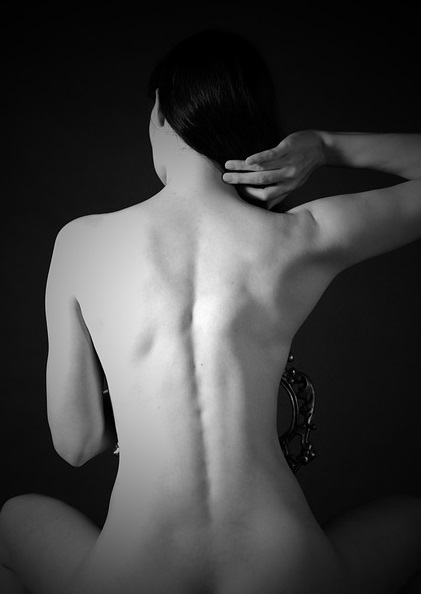
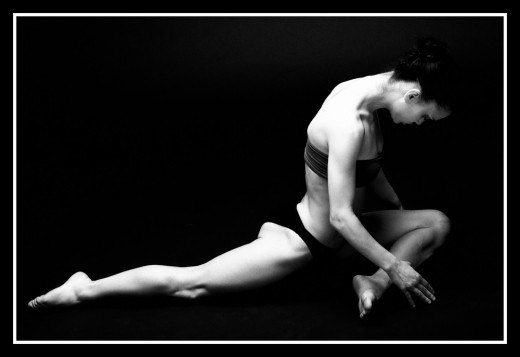
By now you have probably noticed that the majority of images found on this article were made in black and white.
A monochromatic medium makes it easier to concentrate on the anatomy and eliminates the possible distraction that can accompany color images but this is not to say that color images may not work just as well.
A lot depends on the lighting, the shadows, the angle and the perspective as well as the type of lens that you use. A regular prime lens in the range of about 55mm will work just fine.
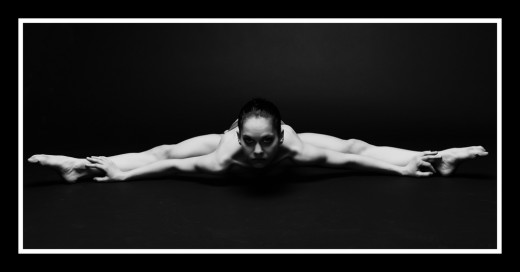
Your images might be for your own private collection form which to draw inspiration and get ideas for possible future shoots, to use by phot related publications of even for use by those who like to draw.
You take the photos and they can in turn use them for their purposes.
Many art students usually require models to pose as they draw the human figure but often they cannot afford a model's fee or do not have the time to sit for a live modeling.
You can work with them and they can in turn get you in contact with other models who might be interested in posing for you.
Many of these models can use a portfolio of their work and you can be the link that connects art students to them.
© 2015 Luis E Gonzalez


